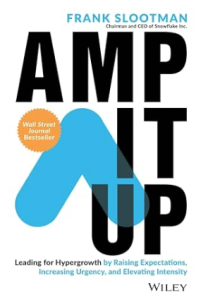Jim Simons is a name that resonates profoundly within the realms of finance, mathematics, and philanthropy. His biography, The Jim Simons Story: Biography Book: The Extraordinary Life and Legacy of the Quant Guru, Investor, and Philanthropist Who Changed the Game, offers an insightful look into the life of a man who revolutionised the investment landscape.
Simons, a former mathematician and codebreaker, founded Renaissance Technologies, a hedge fund that employs quantitative trading models derived from mathematical and statistical analyses. His groundbreaking approach to investing has not only amassed tremendous wealth but also set new standards in the financial industry. This biography delves into the intricacies of his methodologies and the profound impact they have had on modern finance.
Beyond his professional achievements, Simons is also celebrated for his philanthropic efforts. The book sheds light on his generous contributions to scientific research, education, and various charitable causes. Through the Simons Foundation, he has supported numerous initiatives, making a significant difference in fields ranging from autism research to theoretical physics.
The Jim Simons Story is more than just a tale of financial success; it is an inspiring narrative of innovation, determination, and altruism. For anyone interested in finance, mathematics, or the transformative power of giving back, this biography is a must-read.
Explore the extraordinary life and legacy of Jim Simons and discover how one man’s vision can change the world. This biography not only provides a comprehensive look at his career but also inspires with his commitment to making a difference.
A highly recommended read – click the link to get a copy from Amazon – The Jim Simons Story :The Extraordinary Life and Legacy of the Quant Guru, Investor, and Philanthropist Who Changed the Game.







